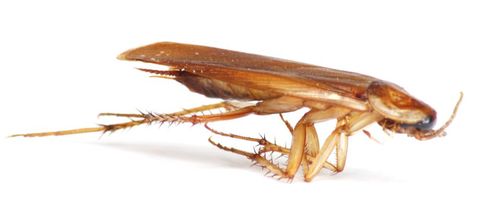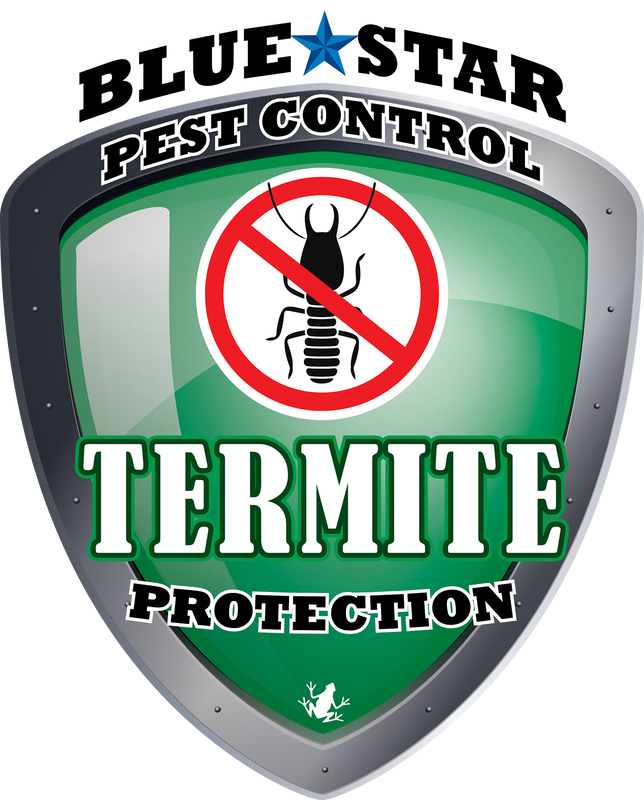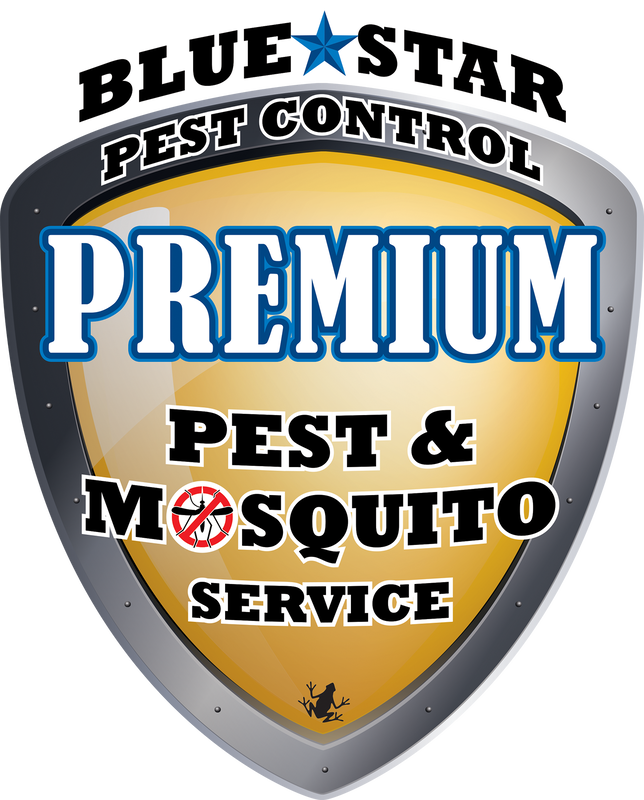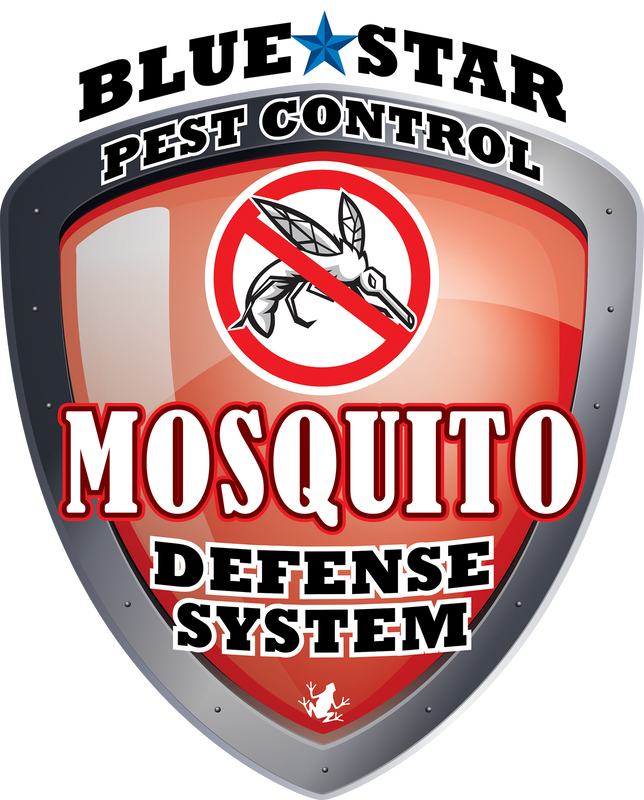German Roach
|
German cockroaches are the most common roaches found in homes, apartments, restaurants, supermarkets, hospitals, and other buildings where food is stored, prepared, or served. They eat food of all kinds and may hitchhike into the home on egg cartons, soft drink cartons, sacks of potatoes or onions, used furniture, beer cases, etc. These roaches will move from building to building during the warm summer months and can develop into large populations living throughout the home, especially in kitchens and bathrooms. Roaches can foul food, damage wallpaper and books, eat glue from furniture, and produce an unpleasant odor. Some homeowners are allergic to roaches, and the pests can contaminate food with certain bacterial diseases that result in food poisoning, dysentery, or diarrhea. They have even been known to n cause childhood asthma.
Identification Most cockroaches have a flattened, oval shape, spiny legs, and long, filamentous antennae. Immature stages are smaller, have undeveloped wings and resemble the adults. Adult german cockroaches are light tan to medium brown except for the shield behind the head marked with two dark stripes (separated by a lighter stripe), which run lengthwise on the body. Adults are about 1/2 to 5/8-inch long and have wings, but rarely fly. Wings cover the entire abdomen of females and all except the abdominal tip in males. The male is light brown and rather boat-shaped, whereas the female is slightly darker with a broader, rounded posterior. Young roaches - called nymphs - are wingless and nearly black with a single light stripe, separating two black bands, running down about halfway of the middle of the back. Life Cycle German cockroach females, unlike most other roaches, carry the egg capsule protruding from their abdomen until the eggs are ready to hatch. The case is then dropped in a secluded location and the nymphs emerge within one day. A female may produce four to eight cases during her lifetime, each containing 30 to 48 eggs. Female roaches live about 6-1/2 months and males live slightly less. The german cockroach produces more eggs and has more generations per year than other roaches, and only a few individuals are needed to develop into troublesome infestations. This roach is spread by commerce and transportation as well as mass migrations and is the most prevalent pest in low income apartments in the United States. Habitat During the day, these roaches may be found hiding, clustered behind baseboard molding, in cracks around cabinets, closets or pantries, and in and under stoves, refrigerators and dish washers. If clusters of roaches are seen during the day, the population is large. Both nymphs and adults are very active and capable of running rapidly. German cockroaches have a high need for moisture and usually travel 10 to 12 feet from their harborage for food and water in kitchens, bathrooms, utility rooms, etc., preferring darkness. Without food or water, adults may die in two weeks, but can live for a month with only water. |
|






